FORT KNOX, Ky. - Moving Army troops to contingency operations overseas requires a huge system of military and civilian support teams, plenty of planning and practice, and a well-planned base of operations.
As the largest resource for engineering design and contract management for military operations abroad, the U.S. Army Corps of Engineers trains Field Force Engineering (FFE) units such as Fort Knox's 533rd Engineer Detachment, Forward Engineer Support Team - Main (FEST-M), to quickly launch into an area and begin base camp development for incoming commanders, their Soldiers and all the support elements they need.
Military and civilian engineers and support staff from the 533rd FEST-M joined other FFE units at the Readiness Support Center in Mobile, Ala., Sept. 15-23 to practice that process and bridge the culture gap between military and civilian processes and operations.
"I try to frame the whole discussion so students understand what others are thinking," said Andrew Krause, course instructor and a project manager architect in the Fort Worth DistrictAca,!a,,cs military project section,. "I can't make them experts or even well-versed in all levels of design in a four-day class, but they do get a level of understanding and knowledge of definitions. We get the books and tools in front of them so we speak the same language."
For the course, military and civilian team members train as one. Broken down into smaller groups, they practice base camp development processes, from preliminary planning to cleanup and closure.
"The training is very beneficial in preparation for our mission," said Command Sgt. Maj. Kevin Engel, senior noncommissioned officer in charge of the 533rd FEST-M. "For example, before commanders go into an area, we arm them with enough information to have all the materials, equipment and infrastructure requirements in the area. That way they are prepared for what theyAca,!a,,cre dealing with."
The extensive process requires teams to combine a wide variety of military and civilian specialties, from environmental, legal and real estate to geospatial and electrical, into one cohesive team. The teams are trained on some of the tools used, such as the Automated Route Reconnaissance Kit, a device to collect photographs, voice recordings, global positioning system locations and other vital information needed to assess sites.
"What is unique here is that the training we do doesn't fit any one person's skill set," said Engel. "For example, in an infrastructure assessment, there is really one discipline that would deal with that. But here people are exposed to tasks outside what they normally do, so they understand what a FEST-M does, and how we provide information to our customers."
Working side by side, the team gains a greater appreciation for their military and civilian counterparts.
"I think the military/civilian mix within the FESTs is great," said Engel. "The civilians bring the technical knowledge and expertise, and the military brings the tactical end. I now have a good understanding of the specialties and what they bring to the table."
For some, it was their first time working in a joint training environment, which added an extra element to the challenge.
"In the civilian world, I know exactly what IAca,!a,,cm expected to do," said Matt Harris, an architect with the 533rd FEST-M. "I gather, coordinate and disseminate information. ItAca,!a,,cs similar here, and after the training I know more of what is expected of me - but there are still challenges, like translating Army vocabulary."
The 533rd is one of only two active Army FEST-M units, both part of the Corps of Engineers, and it is still in the development stage. While team members concentrated on individual tasks, Engel took the exercise as an opportunity to build internal training products and procedures.
"This is kind of a start-level training event," said Engel. "It's helped us identify some of the missing pieces in our processes, like developing a complete set of standard operating procedures for reporting and tracking information. Now, we have enough of a base knowledge that we can go back to home station and focus more on having those products ready for the next exercise."
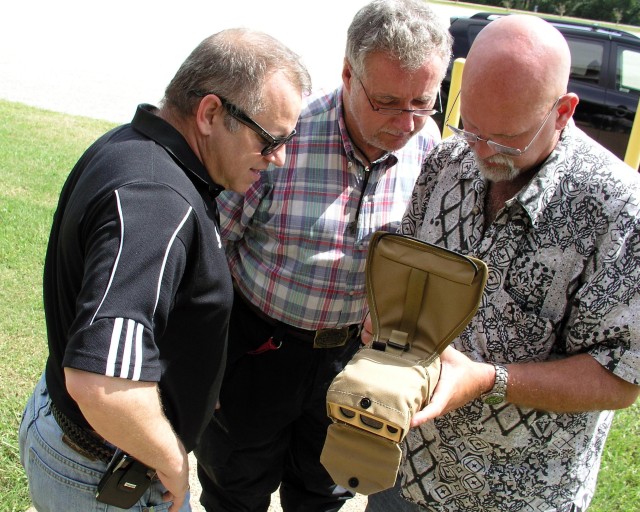
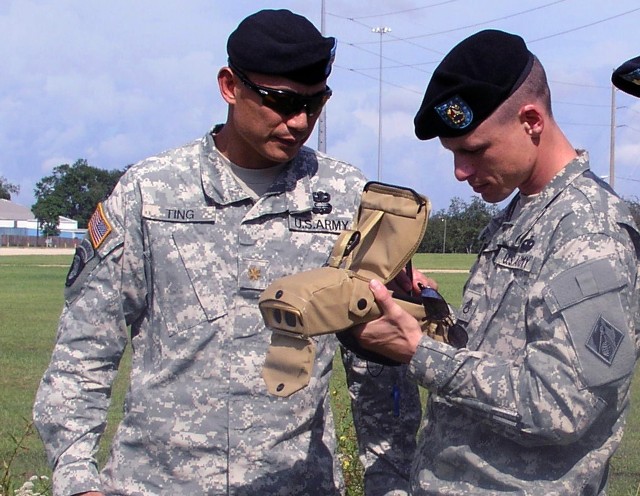


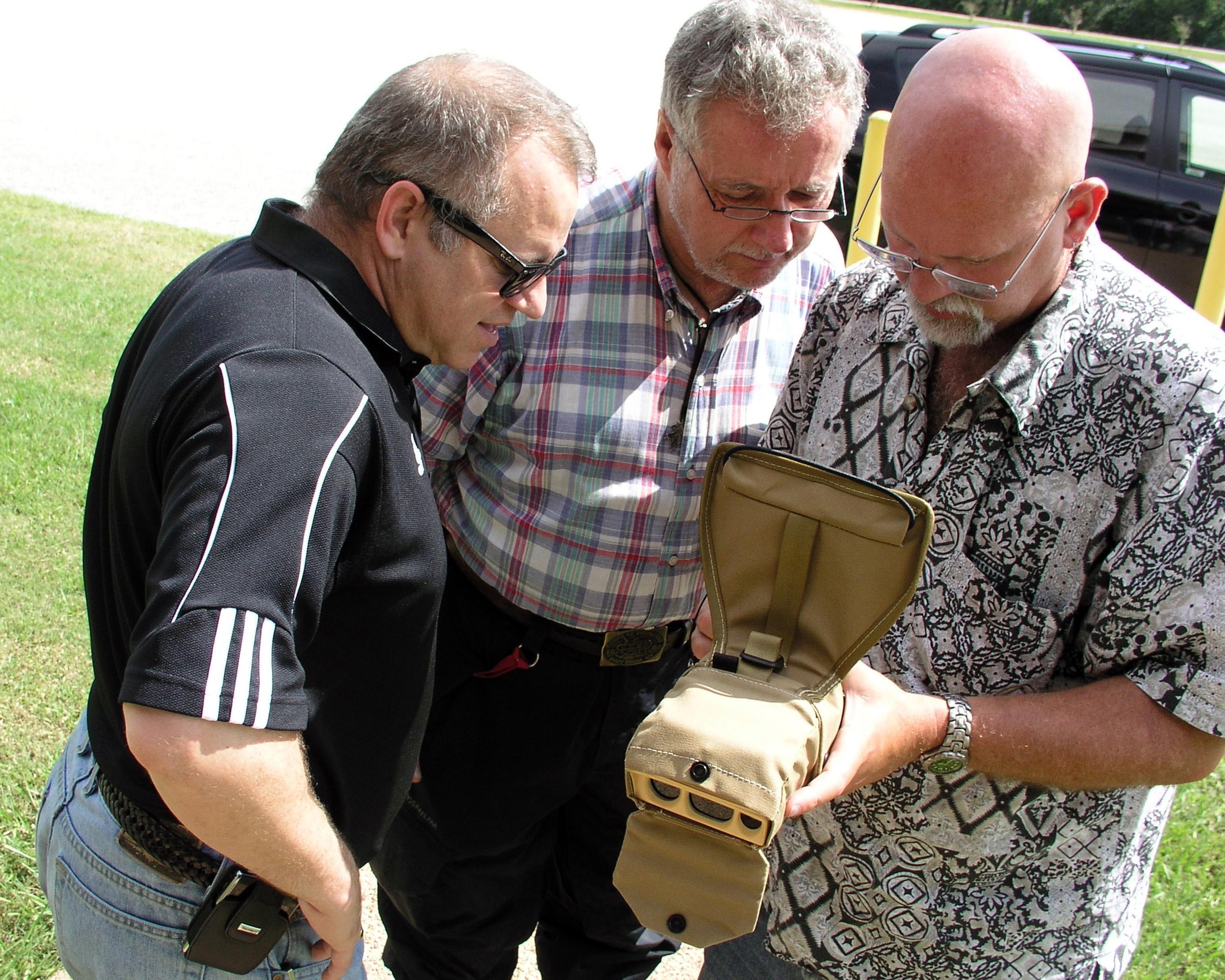

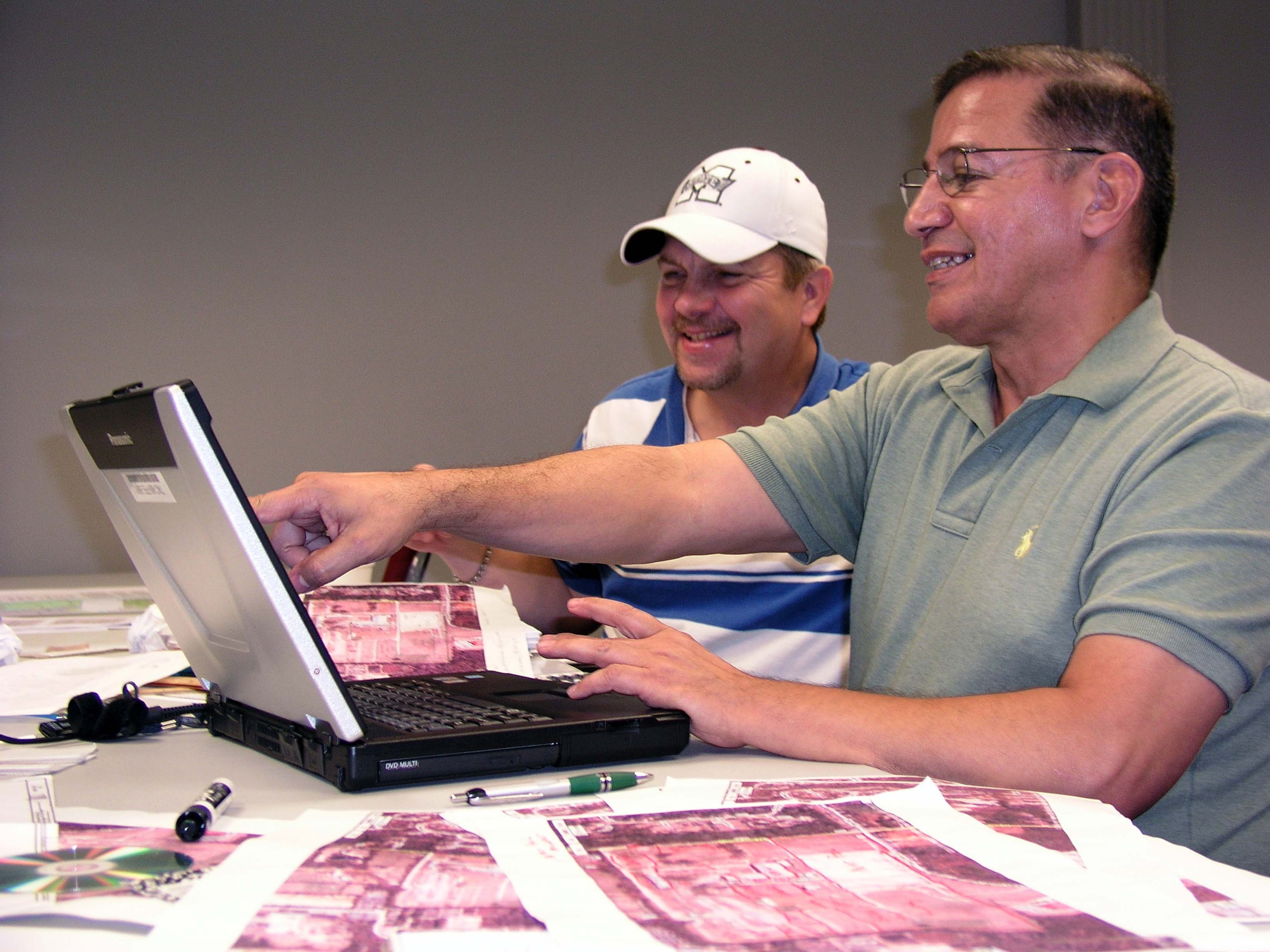
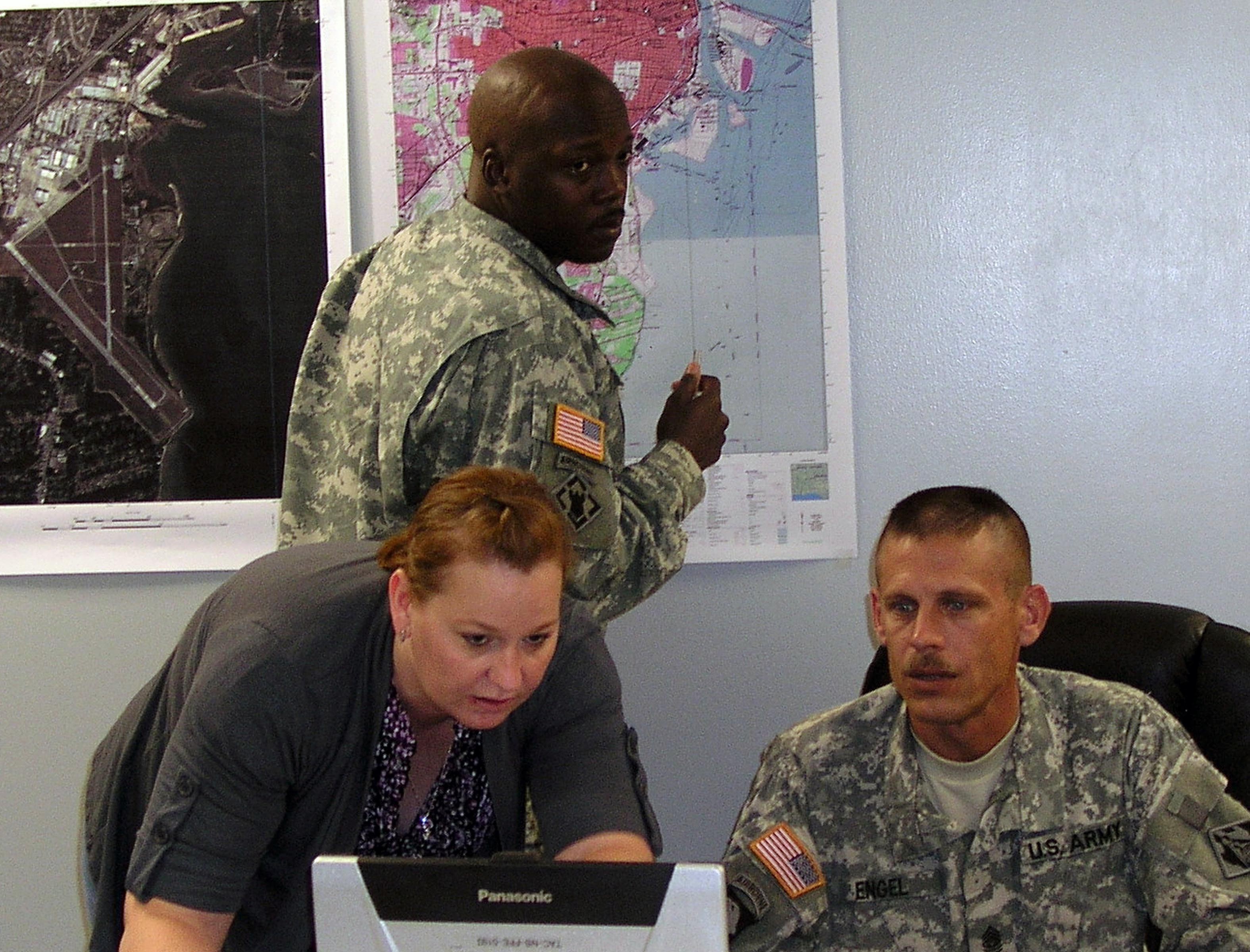
Social Sharing